#softimage 3d
Explore tagged Tumblr posts
Text
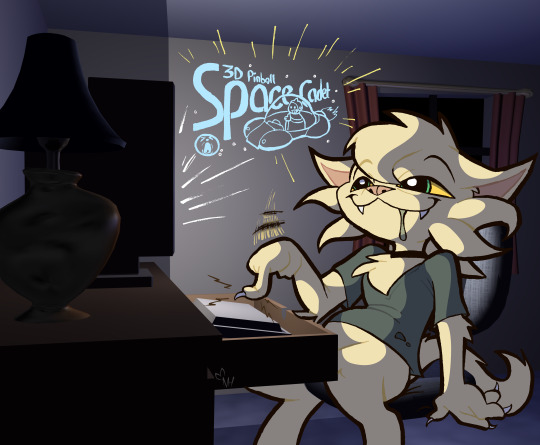
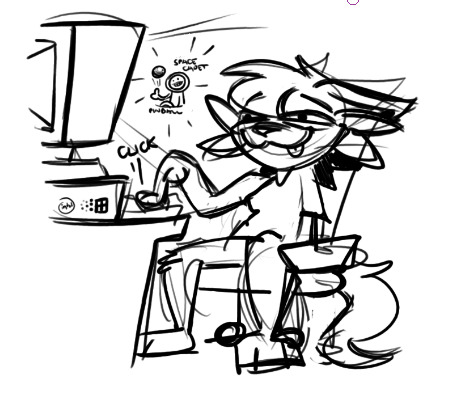
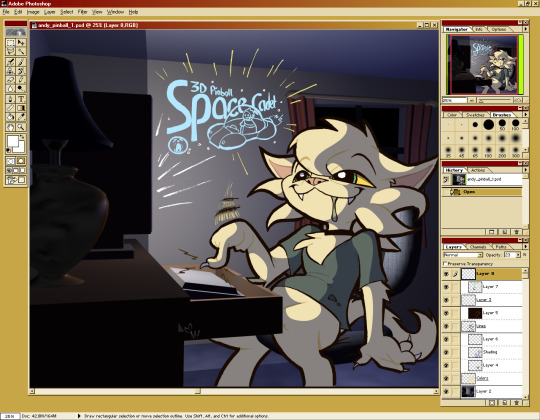
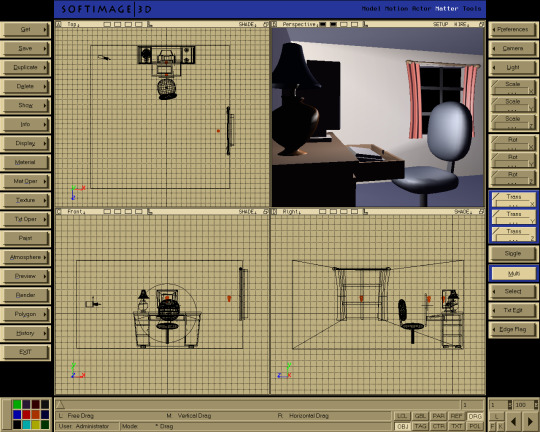
When you set up an old-school Windows computer workstation...
Originally started out as a Drawpile doodle but I made it an actual drawing on Windows 2000.
#andy#oc#furry#anthro#mixed media#2023#windows 2000#softimage 3d#crt#vintage gaming#retro gaming#space cadet#pinball
55 notes
·
View notes
Text
youtube
The Story of Franz K (1993) [3 min] by Chris Landreth | USA
#3D#3D Animation#1993#3 min#Chris Landreth#USA#Animated Short#AnimatedShortOfTheDay#Animation#Softimage#NCSC#Strange#Creepy#ISEA#International Symposium On Electronic Art#Youtube
1 note
·
View note
Text
Avatar: the songcord of artistic technology.
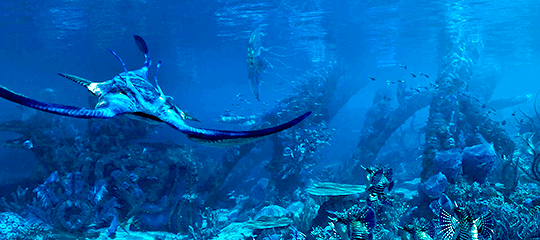
Kaltxì alu kop à tous les cinéphiles! Aujourd'hui, nous allons parler d'un film qui a complètement changé la donne dans l'industrie du cinéma: "Avatar" de James Cameron. Ce film, sorti en 2009, a non seulement captivé les spectateurs du monde entier avec son univers époustouflant, mais il a également redéfini les frontières de l'art numérique et influencé les technologies futures.
Comment l'art numérique dans "Avatar" a-t-il révolutionné l'industrie cinématographique et influencé les technologies futures ?
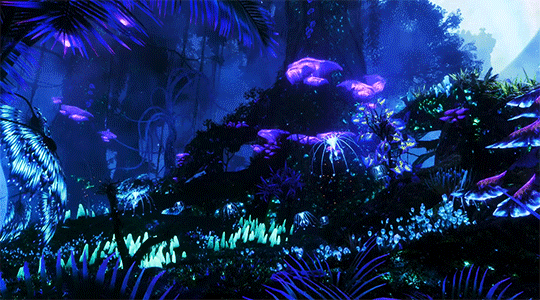
Comme l'a dit James Cameron :"La technologie doit servir l'histoire et non l'inverse”
Et dans "Avatar", plusieurs technologies ont été utilisées pour créer l'univers remarquable du film.
L'une d'entre elles est la capture des mouvements, qui permet d'enregistrer les mouvements des acteurs et de les transposer sur des personnages virtuels. Le système de capture de mouvement utilisé dans "Avatar" impliquait pas moins de 132 caméras infrarouges et permettait une précision au millimètre près dans la reproduction des mouvements des acteurs.
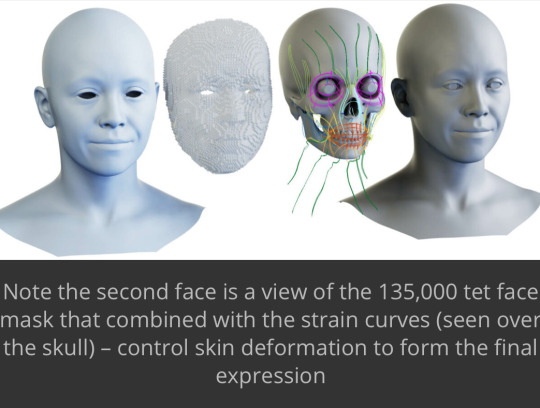
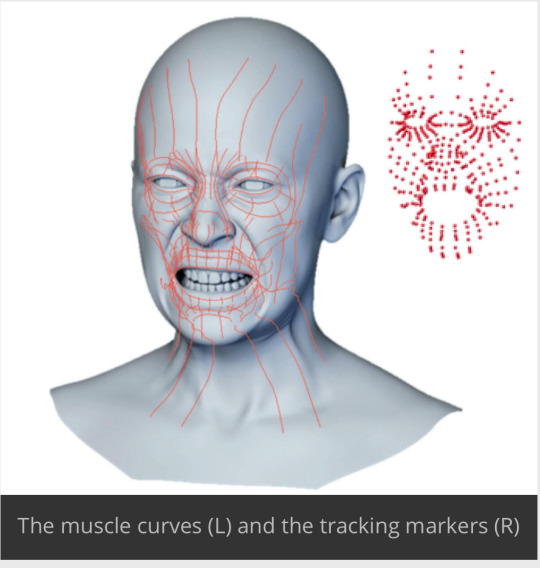
Cela a permis d'apporter vie aux Na'vi et de rendre leurs expressions et actions plus authentiques. De plus, la capture des expressions faciales a été utilisée pour enregistrer les expressions et les émotions des acteurs et les transférer sur les personnages virtuels. Cela a contribué à créer une connection émotionnelle plus forte avec les personnages du film. Zoe Saldana, l'actrice principale qui joue le rôle de Neytiri, a partagé son expérience sur le processus de capture de mouvement, décrivant comment elle devait porter un costume spécial et comment elle devait apprendre à bouger comme un Na'vi.
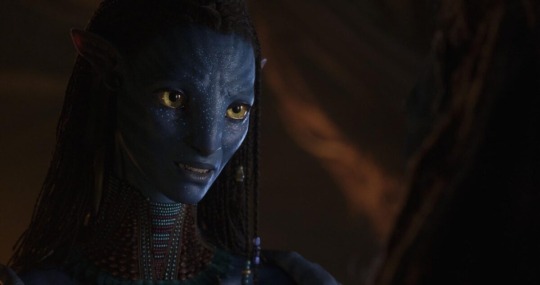
"C'était un défi, mais aussi une expérience incroyablement enrichissante. J'ai vraiment eu l'impression de repousser mes limites en tant qu'actrice."
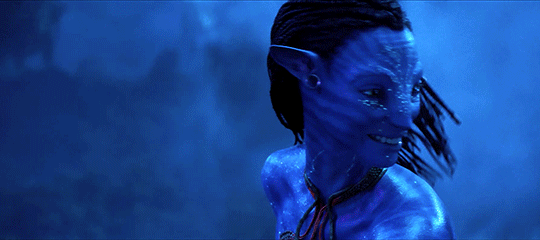
Ensuite, parlons de la création de l'environnement de Pandora. Pour donner vie à cet univers fantastique, les équipes de production ont utilisé des logiciels de modélisation 3D avancés tels que Autodesk Maya et Softimage XSI. Un autre élément clé du succès de "Avatar" est le rendu 3D stéréoscopique. Cette technique a permis de donner au film une profondeur et une immersion sans précédent, rendant l'expérience visuelle encore plus captivante. Et derrière cette prouesse technique, il y a Joe Letteri, le superviseur des effets visuels du film, qui a joué un rôle crucial dans l'intégration de cette technologie, assurant que le rendu 3D stéréoscopique était utilisé de manière innovante et efficace.
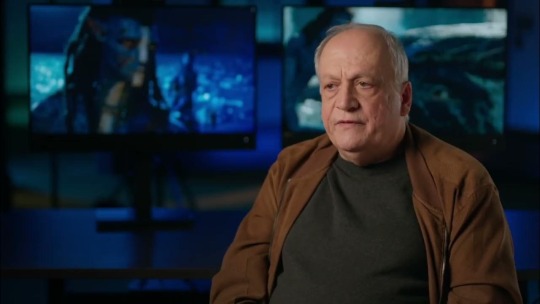
"Le but était de créer une expérience immersive, où les spectateurs se sentent vraiment transportés dans le monde de Pandora."
Outre Maya et Softimage, d'autres logiciels comme RenderMan ont été utilisés pour le rendu final, créant un univers visuel époustouflant !
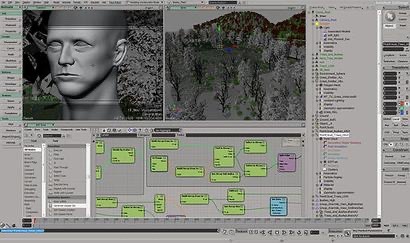
User interface of Softimage 2011
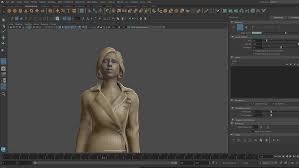
User interface of Maya 2024
Et pour repousser encore plus les limites, James Cameron a collaboré avec des entreprises technologiques telles que Weta Digital et Autodesk pour développer des outils sur mesure qui ont permis de repousser les limites de ce qui était technologiquement possible. Mais au-delà de la technologie, c'est l'art numérique qui a vraiment fait la différence. Il a été utilisé de manière stratégique pour renforcer la narration et créer un monde cohérent et immersif.
James Cameron a d'ailleurs déclaré : "L'art numérique n'est pas seulement un outil, c'est une extension de l'art traditionnel et une nouvelle façon de raconter des histoires."
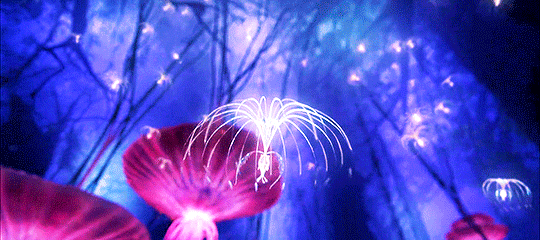
La capture de mouvement est désormais utilisée dans de nombreux autres domaines, de la médecine à la réalité virtuelle, témoignant de l'impact durable du film sur les technologies futures. ( exemple : detroit become human )
Pour finir "Avatar" de James Cameron a non seulement révolutionné l'industrie cinématographique mais a aussi influencé les développements technologiques dans les années suivantes. En repoussant les limites de la technologie et de la narration, le film a créé un univers qui continuera à inspirer !!!
"Ngenga lefpom, ulte plltxe nìwotx. Ngaru oe!"
"Kiyevame, ulte tsun nìtxan. Oel ngati kameie!"
traduction : Au revoir tout le monde passe une bonne journée ou une bonne soirée
Britney Mukanda-Faila / 20231271
Source :
5 Steps to Avatar: Reinventing Moviemaking | WIRED
Producer Jon Landau on 'Avatar's' New Technology
Zoe Saldana | Film | The Guardian
https://youtu.be/woO2dzt2y4o?si=BQNnUncHzcEbYQyM
Avatar: The Way of Water uses new cameras, new algorithms, and a ton of other new tech - The Verge
https://youtu.be/HmPitTWKudI?si=UcAEzfaDo8d-Gi-a
https://techcrunch.com/2009/11/30/10-minutes-of-avatar-footage-for-your-viewing-pleasure/
6 notes
·
View notes
Text
Research: Maya
Autodesk Maya, also known as just Maya, is a professional 3D modelling software owned by Autodesk but originally developed by Alias. Maya was originally a software based on code of other Alias projects and other code bases, such as from Wavefront Technologies and Thomson Digital Image, put into one package with other added features with the name Maya. In 1995, Silicon Graphics bought both Alias and Wavefront, with Wavefront now merged with the Maya project.
Dinosaur
Dinosaur is a 2000 movie from Walt Disney Studios. The development of the movie was incredibly complex, mainly in terms of filming the backgrounds, but the movie was also a 3D marvel closely related to Maya’s development as it was used for the character models alongside other software like Softimage 3D. For character animation, the characters would start out at a skeletal form and then edited in three different prorgrams, one of them being Maya to use the Mug Shot feature to create lip-syncing. Disney also helped with Maya’s features, as they requested the option of personified interfaces, which is a feature Maya is best known for.

Uncharted 4
Uncharted 4 is a 2016 game by Naughty Dog. The main thing to note is Uncharted 4’s graphical upgrade from Uncharted 3. With more advanced technology and more experienced artists, elements like environments and especially character models could be a lot more detailed. It is noted that in Uncharted 3, Drake’s entire skeleton is made up of 250 bones while his face alone in Uncharted 4 has 500 bones.

The Witcher 3
The Witcher 3 is a 2015 game by CDProjektred. The Witcher 3 has highly detailed yet stylised character models, especially on the faces. The faces were all referenced from real people, from actors working on the game to random people who partook in a contest to have a model based on them.

Shrek
Shrek is a 2001 movie by Dreamworks. While Pacific Data Images, who were animation partners with Dreamworks, used an in-house 3D software for the animation overall, they used Maya for more complicated details , such as clothing, fur and hair textures and movement.

0 notes
Text
なかよしインターネッツ285アペンディックス(その1)
光栄なことにイトッポイドさんのなかよしインターネッツにゲストで出演しました。Spotify・YouTube・Apple Podcastsで聴けます。本当にありがとうございます。このポストでは放送でお話しした内容を補っていけたらと思います。URLもなるべく載せられるものを掲載します。
その本に自分いますよ
紙ラボさんとかるみねさんのPLOTTERや、 佐野章核さんとcube Tanakaさんのjadda+、RebRankさんのDoujin Game Package Design Vol.01の話です。
C-media records
https://www.c-media.org/ 2001年から岡山県で活動しているレーベル、全員デザインも音楽もやる人が集まっています。CDは全て手作りで、2024年の今でもCD-Rを焼いています。CDのデザインはこんな感じです。毎年秋のM3と冬コミに参加しています。最近でたCDはこちら。
ArtPad II Pro
これです。ArtSchool Dabblerがついてきました。その後のタブレット遍歴はArtPad II Pro→bamboo→bamboo→CintiQという感じでした。
DoGA
こちらです。当時の3Dは3D studio max・Lightwave・Softimage 3D・Maya・Shade・trueSpace・Metasequoia・六角大王などなどで、その中でもDoGAは超初心者向けなところから始まっていて遊びやすかったです。Webサイトが当時から変わってなくてち���っと感動しています。
midiを打ったりとか
Music Studio Standardとか使ってました。その後ReBirth RB-338を経てReasonに至ります。
PROJECT-WIVERN
こちらで見れます。当時は動画コンテンツが少なかったので何度も見直してました。ダイジェスト版のBGMもすごい好きでした。
新海さん
彼女と彼女の猫あたりの時代です。これも当時動画コンテンツが少なかったのでめちゃくちゃ見てました。「誰か助けて」のところだけ新海さんじゃない女性の声になるあたりが演出としても非常に印象的でした。
メダロット
2Xの幼少期に多大な影響を与えました。メダ2のストンミラーあたりの話がやばかったです。メダロットのサイトも作ったし初めての同人誌もメダロットのものを買ったし人の繋がりもメダロット起因のものが非常に多いです。
コングルGood
収録後に「あれOH!MYコンブだわ」となりました。大変失礼いたしました。
CSSが未発達時代の個人サイト
Excel方眼紙みたいな作り方かとは思うんですが先日サイトがまだ残っていることを知って久しぶりに読み漁りました。
Flashの道
Flashは4とか5あたりからのユーザーでした。そしてActionScriptを覚えたのはHAKUHINさんのサイトです。このサイトでスクリプトはもとより変数や引数、データ型などスクリプトのいろはを学びました。ActionScriptはJavaScriptと文法が近いのでその後のキャリアにも大きく影響しました。
当時どんなサイト見ていたんですか?
こういうサイトを見ていました。
MONO*crafts(yugop.com)
EYE4U
B L A C K W H I T E
Pale Light
2advanced studios
(mt) Media Temple
Bionic Systems
CBCNet
Shift
04.jp.org
May1stReboot
事前登録して5月1日に一斉にサイトリニューアルするという企画。tatsさん(有馬トモユキさん)とかとああだこうだやってた時期です。FlashにBGMのループを忍ばしてインタラクティブさを出したりなどしていました。今でもインターネットアーカイブに当時のサイトなどがあります。
8月31日までにお絵描き掲示板を使いまくる
使っていたお絵かき掲示板はしぃペインターです。今思うとpixivファンタジアみたいな企画でした。この企画のためにAEで映像作ったり専用の曲を作ったりなどしました。
デザイナーのヒーロー像
今聞き返すとthaのみなさまばかりなのですが川上俊さんやセミトラさんやSLNさんやimage diveさんなどなど他にも多くの��々がいらっしゃいます。そして今もなお読み返すのはQantaさんの「私は広告賞を獲りたかった」です。メチャクチャ熱い記事なのでぜひ読んで欲しいです。
後半はこちら
0 notes
Text
The Evolution of 3D Animation Software: Trends and Future Developments
The world of 3D animation has undergone a remarkable transformation over the past few decades, driven by the rapid advancements in software technology. From the early days of clunky, resource-intensive programs to the highly sophisticated and user-friendly tools of today, the evolution of 3D animation software has been nothing short of revolutionary. Animation institutes in Pune play a crucial role in this revolution, offering cutting-edge training and resources to help aspiring animators master these advanced tools and techniques.
The Early Days of 3D Animation
In the early days of computer-generated imagery (CGI), 3D animation software was the domain of specialized technicians and computer scientists. Programs like Softimage, Alias, and Wavefront were the industry standards, requiring extensive technical knowledge and significant computing power to operate effectively.
These early 3D animation tools were often complex and intimidating, with steep learning curves that limited their accessibility to the broader creative community. However, they laid the foundation for the more user-friendly and powerful software that would emerge in the years to come.
The Rise of Autodesk Maya and 3DS Max
The late 1990s and early 2000s saw the rise of two industry-leading 3D animation software programs: Autodesk Maya and 3DS Max. These powerful tools, with their intuitive interfaces and robust feature sets, quickly became the go-to solutions for professional animators, visual effects artists, and game developers.
The introduction of Maya and 3DS Max marked a significant shift in the 3D animation landscape. These programs made it easier for artists to create complex, high-quality 3D content, empowering a new generation of creative professionals to push the boundaries of what was possible in the medium.
The Democratization of 3D Animation
As 3D animation software continued to evolve, a new trend emerged: the democratization of the medium. Affordable and user-friendly programs like Blender, Cinema 4D, and Houdini began to emerge, making 3D animation accessible to a wider audience, including hobbyists, students, and independent creators.
This democratization of 3D animation software has had a profound impact on the industry. It has enabled more diverse voices and perspectives to enter the field, leading to a proliferation of innovative and experimental animated content. Additionally, the availability of these tools has fostered a thriving community of 3D artists, who share knowledge, collaborate, and push the boundaries of what is possible in the medium.
The Rise of Real-Time 3D Animation
One of the most significant recent developments in 3D animation software has been the rise of real-time rendering and animation. Programs like Unity and Unreal Engine have revolutionized the way 3D content is created and experienced, allowing for the seamless integration of animation into interactive environments and virtual reality experiences.
Real-time 3D animation has opened up new creative possibilities, enabling animators to work in more dynamic and responsive ways. It has also paved the way for the development of virtual production techniques, where 3D animation is blended with live-action footage in real-time, creating a more immersive and collaborative filmmaking process.
The Future of 3D Animation Software
As we look to the future, the evolution of 3D animation software is poised to continue at a rapid pace. Here are some of the key trends and developments we can expect to see:
Artificial Intelligence and Machine Learning: The integration of AI and machine learning into 3D animation software will revolutionize the creative process, automating repetitive tasks, enhancing character animation, and enabling more intelligent and adaptive 3D content.
Virtual and Augmented Reality: The continued advancements in VR and AR technologies will drive the development of 3D animation software that is optimized for immersive experiences, allowing animators to create and manipulate 3D worlds in real-time.
Cloud-Based Collaboration: The shift towards cloud-based platforms and remote collaboration will transform the way 3D animation projects are managed and executed, enabling distributed teams to work together seamlessly on complex productions.
Real-Time Photorealism: As rendering technologies continue to evolve, 3D animation software will become increasingly capable of producing photorealistic content in real-time, blurring the line between computer-generated imagery and live-action footage.
Democratization and Accessibility: The trend towards more user-friendly and accessible 3D animation software will continue, empowering a new generation of creators to explore the medium and push the boundaries of what is possible.
The evolution of 3D animation software has been a remarkable journey, and the future holds even more exciting possibilities. As the industry continues to innovate and adapt to the changing technological landscape, the potential for 3D animation to captivate, inspire, and transform audiences around the world will only continue to grow.
0 notes
Text
I got permission from Cyan to share the images I took while working on this!

So this is the first version I tried: SoftImage 3D 3.7. This version was released in 1997, same as Riven, so it's close to the version they would have used to make the game. This was mainly to confirm I could open the files at all. What you're seeing is that 5-way rotating-chamber puzzle from near the start of the game

Next I tried out SoftImage 3D 4.0: This is the last version before the rewrite. It worked, but didn't really add anything that 3.7 didn't have.
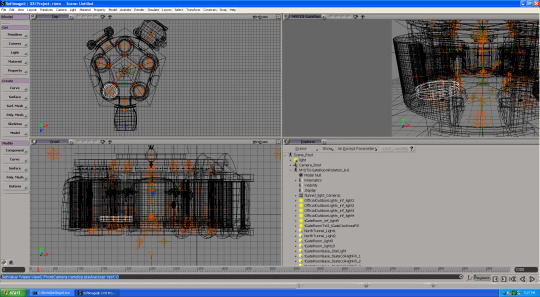
Next up, SoftImage|XSI 1.5! This is a complete rewrite of SoftImage 3D, and a much more modern program. It couldn't open the Riven project directly, but it was able to import the scenes/models/textures into a new scene. So maybe if I import them, then save it back out as a SoftImage|XSI project?

Finally, SoftImage 2015. The latest and last version. (the lack of 3D views is a VM issue I didn't fix). It can still import those projects I made in SoftImage|XSI 1.5, so we can now go from the original datafiles to a "modern" 3D program in two steps:
Import scenes and such into SoftImage|XSI 1.5, save them back out as an XSI project
Open the XSI project in SoftImage 2015.
From there, they could export from SoftImage 2015 into Blender or whatever 3D tools they were using. Hell, they could export straight into Unreal Engine if they wanted.
All in all, it was a fun couple of hours of digging through old software and trying to get them to work properly.

The Riven HD remake/remaster is out! You should definitely play it, because 1. it's a great game that looks even better 2. I helped with it, in a very tiny way.
A couple years ago they got in touch and asked if I could help them with a software archaeology problem: They still had the datafiles from when Riven was made, but they didn't really know how to open them anymore. So I did some spelunking through different versions of late-90s 3D software and figured out a conversion path they could use to open the old assets in a modern(ish) 3d program, then convert them to whatever they needed. They had offered to pay me but I did it for free (because it's MYST. I have always loved this series, I own all the books, I still have the 5-CD copy of the game!) and just asked for some credit. I'm happy to see that I got it!
I've not played the full release yet (time and money problems) but I did check out the demo, and it looks amazing and plays great.
567 notes
·
View notes
Text
Independent Work
youtube
Barbie in the 12 Dancing Princesses (2006) is the 9th movie i am researching. Just like the other movies they use Maya and Softimage to create the buildings but it is clear in this movie that the budget for this movie has gotten a lot bigger as seen through the detail in the trees. It is more apparent that the background has become much more 3d than painted.

0 notes
Text
i fucking hate autodesk
thank ton we have blender which surpassed 3ds max a long time ago in every way other than being “the industry standard”
but blender is a product of a crazy person who created a team of even crazier persons
unfortunately we don’t have this situation with CAD software
like we have freecad but it sucked three years ago and it still sucks now, even simple tasks are painful to do
and fusion 360 is a good product which has a free version but for the last several years autodesk were like “oopsie, you don’t have simulations anymore”, “teehee you need to pay from $500 a year to use generative design now”
and the worst part is i can’t even pirate this shit because it’s cloud based (ew why do you need cloud for that)
i guess i will move to solidworks but i genuinely liked fusion, but i don’t use it enough to pay for it and i won’t give my money to autodesk anyway
their whole business model is too but the competition and burn the product to the ground
softimage was actually good and unique and autodesk killed it just because
i wish hell was real
0 notes
Text
American chocolatier charged in deaths of Canadian animation pioneer and his wife at Caribbean resort
0 notes
Text
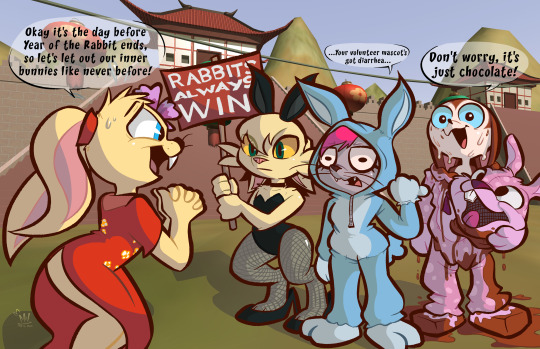
Only one more day of Year of the Rabbit... make it last!
I've grown to love drawing 2D characters integrated into cheesy 3D environments...
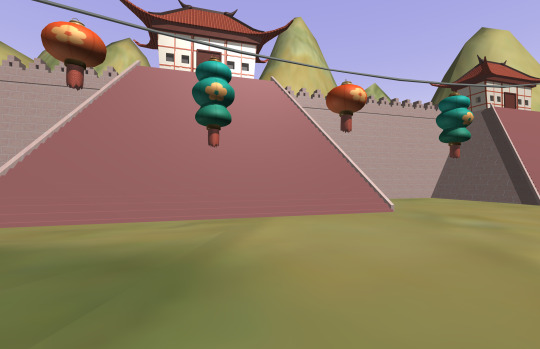
Here's the original 3D render, made in Softimage 3D, as I've been doing recently ^^
#lunar new year#year of the rabbit#rabbit#oc#furry#andy#jackie#raven#chocolate bunny#mixed media#2d#3d#softimage#marchharedraws#2024
29 notes
·
View notes
Photo

USA 1996
11 notes
·
View notes
Photo

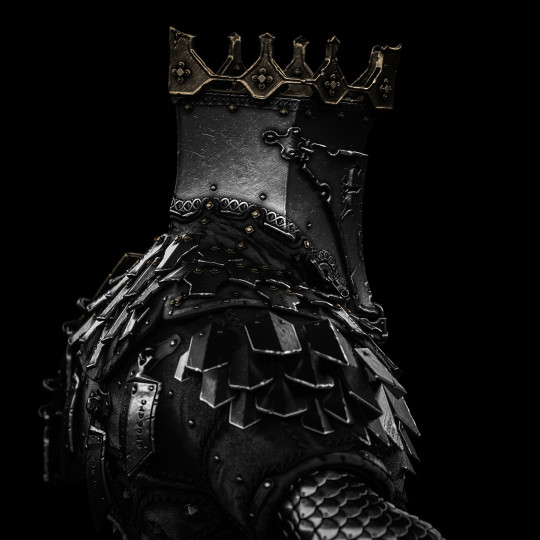


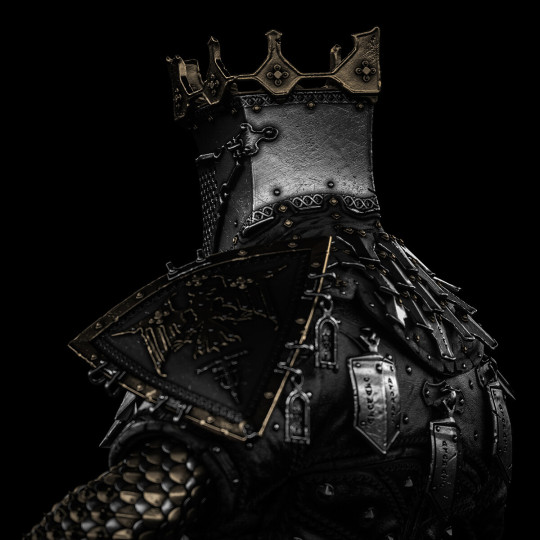
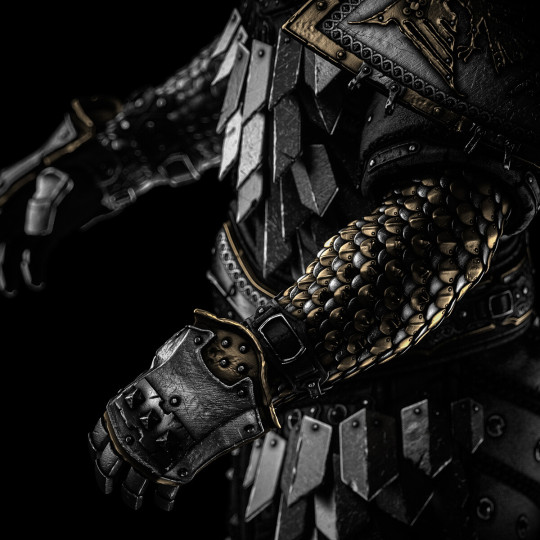
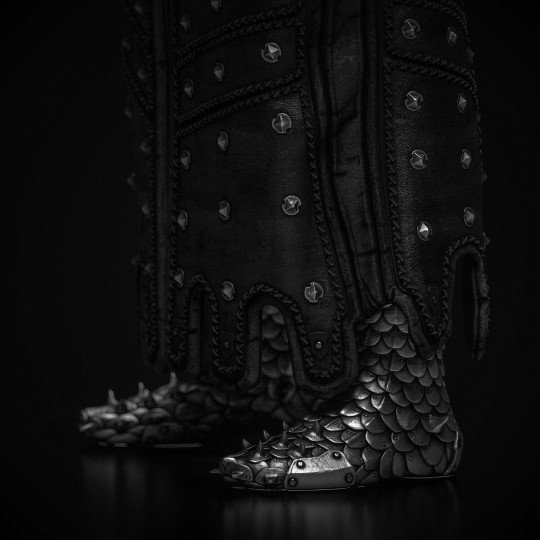
Artist: Vitaly Bulgarov Title: MORTAL SHELL - Teaser Images for one of the key characters “Another key character design I created for our upcoming indie game Mortal Shell ! These pics are part of the early character teaser images you might’ve seen already if you’ve been following the game’s official socials (Discord, FB, Insta and Twitter). I deliberately made these renders as dark/cropped images (rendered in Octane) as part of the initial pre-announce tease and will be posting the easier-to-read full height pics as well as final textured lowpolies a bit later down the road You can’t really see here but underneath the armor/clothing there is also a base underbody model made by Dmitry Parkin We used that body on quite a few occasions on the project when designing new characters, even when the armor or cloth would completely cover it, as it worked as a great guide/mannequin for overall proportions, neutral pose and in general would speed things up in terms of character design and 3D model production Making this design was an exciting challenge as I tried to make it more “fantasy” and not referring to any specific historical armor yet still somewhat making sense (only somewhat though lol ) or at least appealing to my personal taste with darker/moodier aesthetic. I wanted to make a heavy looking coat as an armor set since the days when I played Witcher 3 but with partial scales(both big and small) and all while with a heavy gothic knight/paladin feel to it” Impressive work...
#Vitaly Bulgarov#MORTAL SHELL#armor#armour#medieval#fantasy#magic#tale#folk#knight#warrior#fighter#Softimage#Moi3D#Zbrush#Octane Render#render#realism#digital 3d#dark#concept art
442 notes
·
View notes
Photo

Top 5 Mechanical 3D Modeling Software
1 note
·
View note
Photo





JOONGA – UV PROJECTIONS PLUS: VARIATIONS PART 1
The experiments continue with additional variations on a theme of the Joonga rendermaps (part 1). Recycling rendered frames from a previously created 3d scene, the said scene models’ surface geometry are rendered (the geometry normals are sampled and is not a bitmap rendering), thus creating unpredictable image results that are quite fascinating with many aesthetic possibilities. The rendered results are then re-worked at another level using a variety of sophisticated 2d filter FX. The results are intriguing to say the least; the intention behind these experiments is to create template studies for more involved larger graphic works. Enjoy. P.
3 notes
·
View notes
Video
youtube
3D VFX REEL (Blender EEVEE)
1 note
·
View note